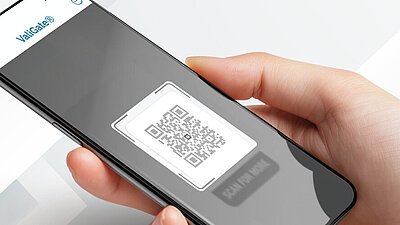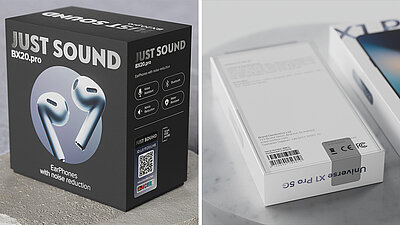Counterfeited products for Chinese New Year

Western products are top sellers
The celebration of Chinese New Year is a crazy time in China every year. The celebrations officially last for seven days. Most Chinese people also take their annual leave at this time, so the country comes to a standstill for three to four weeks. Retail business booms before the New Year because, like in Europe or the US for Christmas, in China consumers guy gifts for their families and friends. Products from Europe or the USA are considered something special and therefore in great demand.
The so-called Generation 2 (“G2”), Chinese in their teens and early twenties, are especially fond of western products such as clothing, watches, jewellery and cosmetics. They are willing to spend a lot of money for the quality they have come to expect. But quality is exactly where the problems begin as China is still the centre of counterfeiting. The imitations can often not be told apart from original products by their appearance, but are indeed of lower quality. Counterfeiters of course won’t let an opportunity such as Chinese New Year pass them by.
Active demand for counterfeit protection features

It is common practice in China to furnish genuine products with proof of authenticity in the form of safety labels. It is important that these markings cannot be counterfeited or simply copied as they would otherwise just be imitated along with the original product. A further factor is that smartphones are much more popular in China than in Europe, for example. Therefore, the safety markings should ideally be linked digitally. Customers can ensure themselves of the authenticity of their product by simply scanning the safety label with a smartphone. But that’s not all. Brand owners can use this digital connection to communicate with their customers by implementing competitions or loyalty programmes, for example.
Brand owners can thus satisfy the needs of their customers for safety while simultaneously interacting with them to generate a long-term feeling of loyalty towards the brand.
Interesting links on this subject
IG article: How does Chinese New Year affect markets?




